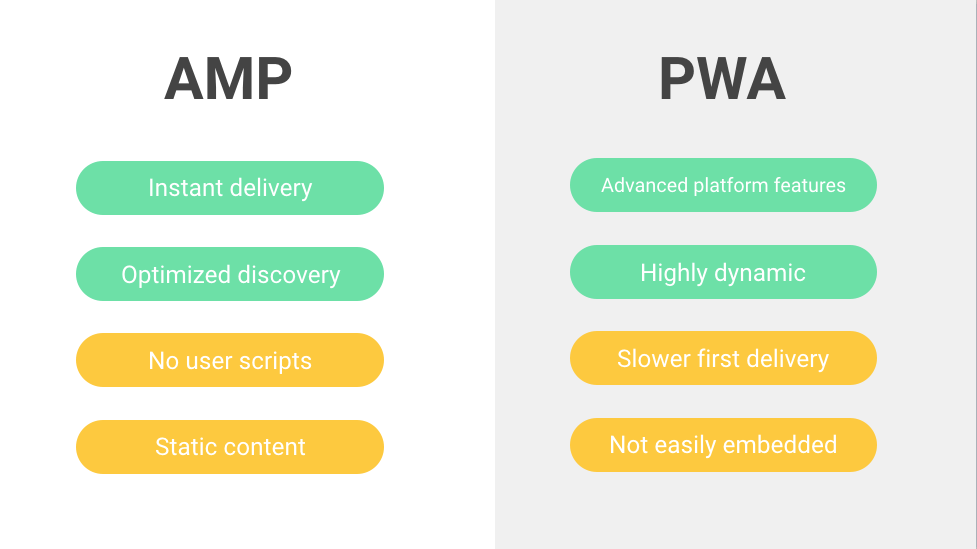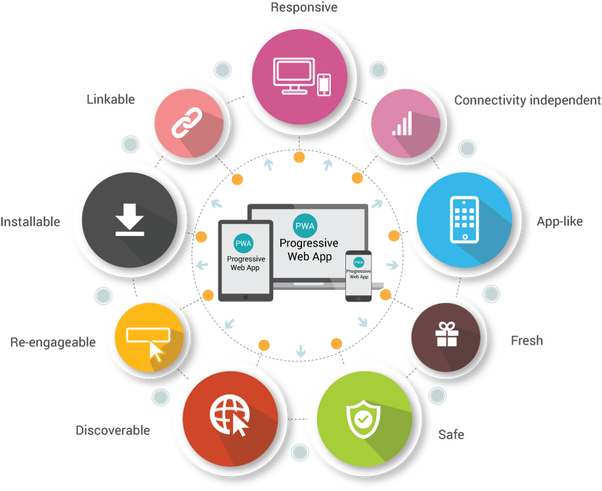If you are looking for a web design company in NYC, then you have come to the right place. There are many reasons why it is best to work with such companies than any other agencies that work outside of the city.
New York is one of the most vibrant business forward-thinking areas in the world. With international exposure to all kinds of clients and a world-renowned reputation for excellence with cutting-edge solutions, finding a quality web development company in New York has never been easier. Think about these factors in your search:
48 percent of people cited that a website’s design is the No. 1 factor in determining a business’s credibility. (Blue Corona)
1. Passion for Creativity, Function, & Aesthetics
NYC web design companies have a real passion for creativity and making things beautiful. When you work with a web design company in NYC, you’re working with people who really care about what they do and how they do it. They’re passionate about their work, and this means that they’ll give you an experience that’s unique to your project.
You can’t get this kind of dedication from someone who’s just doing the job because they need money. You need someone who brings their vision to the table to get results that are genuinely alive onscreen.
2. High Standards
New York City is a place of high standards, fantastic production values, and high quality, which reflects in the work that companies in NYC produce.
The competition in New York is fierce because there are so many talented designers and developers all working towards producing the best work possible. This means that every company needs to be at the top of its game if they want to stay competitive.
3. Web Design Companies in NYC are Experienced with Various Projects
You want your web design company to be experienced because it means they have worked on a variety of projects and will know what works and what doesn’t. Your business is unique, so knowledge about the industry, as well as experience with other firms is important. A good NYC web design company will understand the importance of keeping its clients up-to-date with the latest trends and technologies.
The best NYC web design companies are not only experienced but also creative enough to create websites that are effective for your business. They know how to combine creativity and functionality, so you stand out from competitors while also ensuring your website is easy for visitors to navigate around.
4. Exceptional Communication
When you sign up with an agency, they will do all the research for you. They will listen closely to your needs, concerns, and challenges prior to designing the website for you. Agencies understand what their clients are looking for, which makes it easier when creating a website strategy for them.
5. Wide Range of New Ideas
In addition to the wealth of talent that New York City has to offer, there are also many resources available specifically for web designers.
If you are looking for an experienced, knowledgeable, and creative web development company in New York City, then we are here to help. We will offer our services and show you why we’re the best choice for your business based on the latest ideas and innovations the technology allows.
88% of online consumers are less likely to return to a site after a bad experience. (Web FX)
Get the Right Website for Your Business
A web design company in NYC can create a website that matches your business goals and attracts customers right away. It can also help you establish an online presence for your business in order to reach new customers and make more sales.
In conclusion, it’s great that you have decided to seek out the services of a New York City-based web design company. This means that you understand how important it is to have an online presence and that you are willing to invest in your business by hiring a professional agency that will give you everything they have when it comes to creating something beautiful for their clients.
Our team at Griffon Webstudios has spent years cultivating a fantastic reputation for excellence with all our clientele. As a leading web design company in NYC, we understand the challenges and niche roadblocks for your online business. Let our team craft custom solutions for your online presence, and schedule a consultation today!




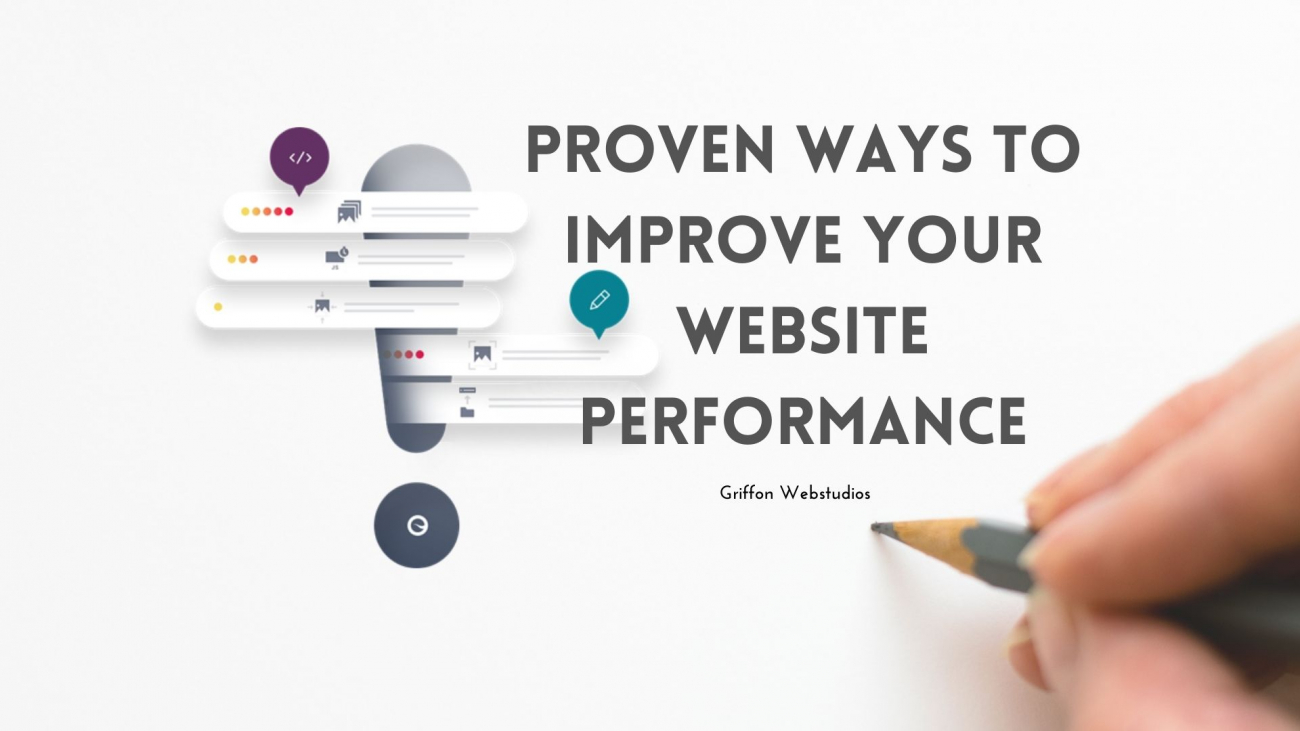
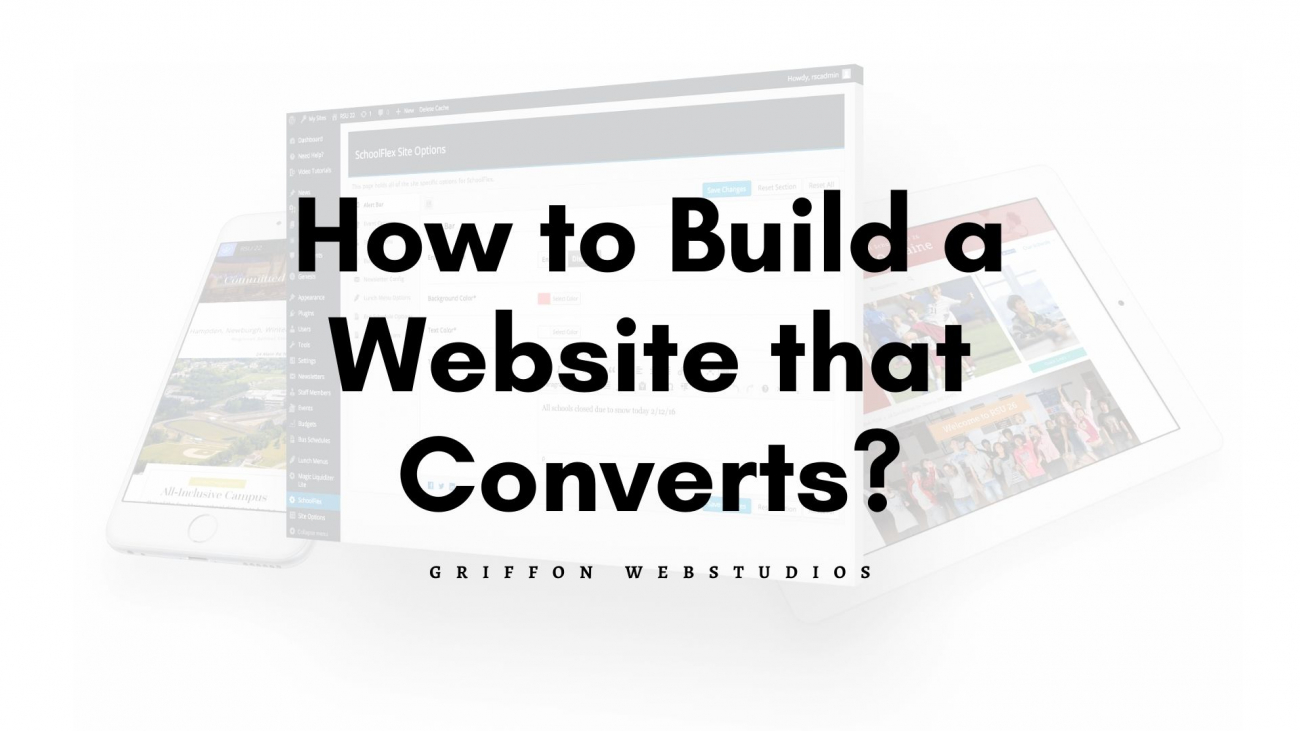
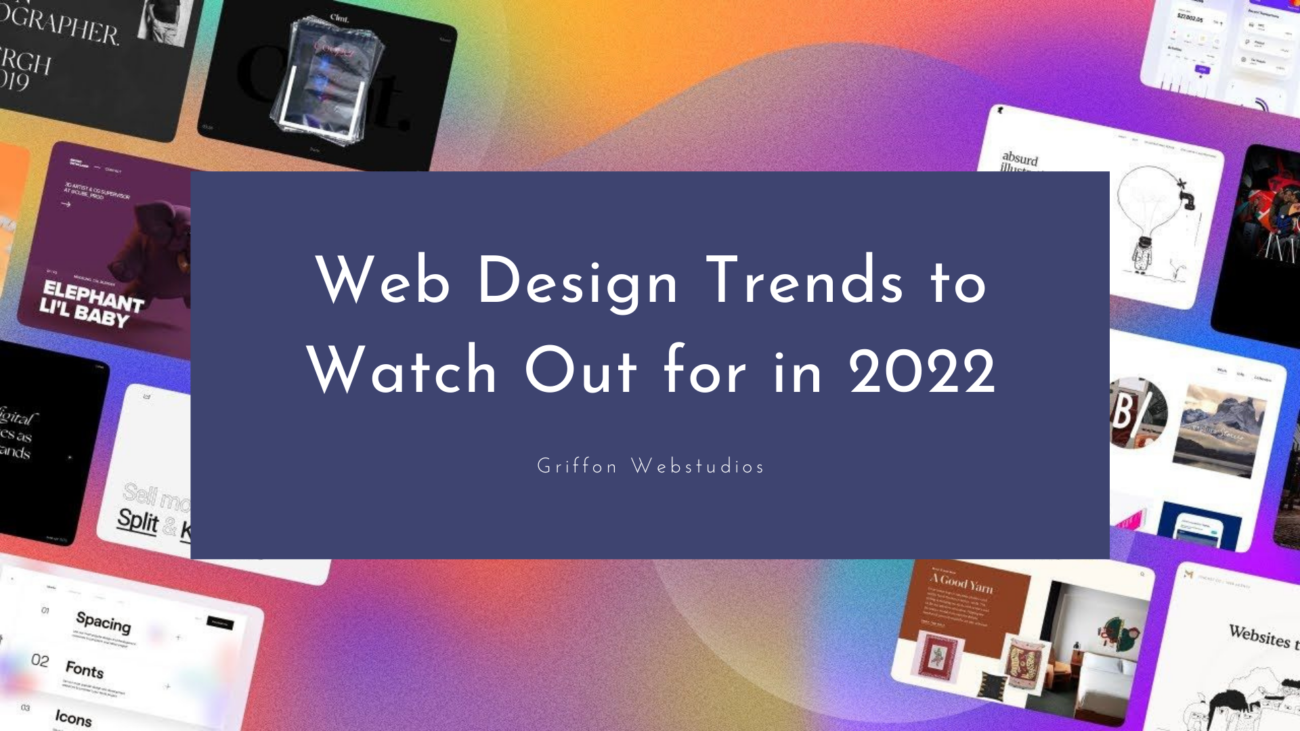
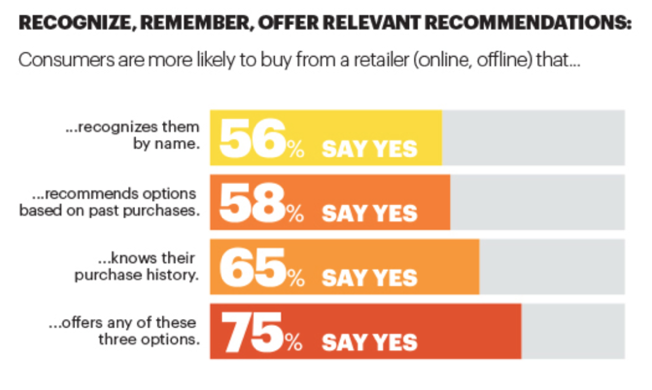

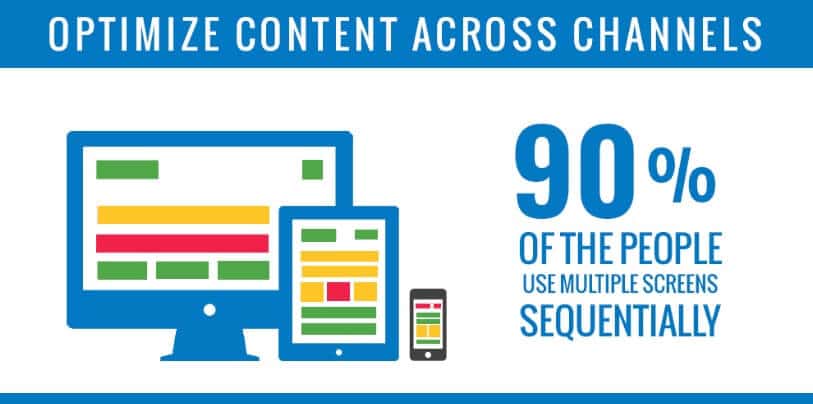
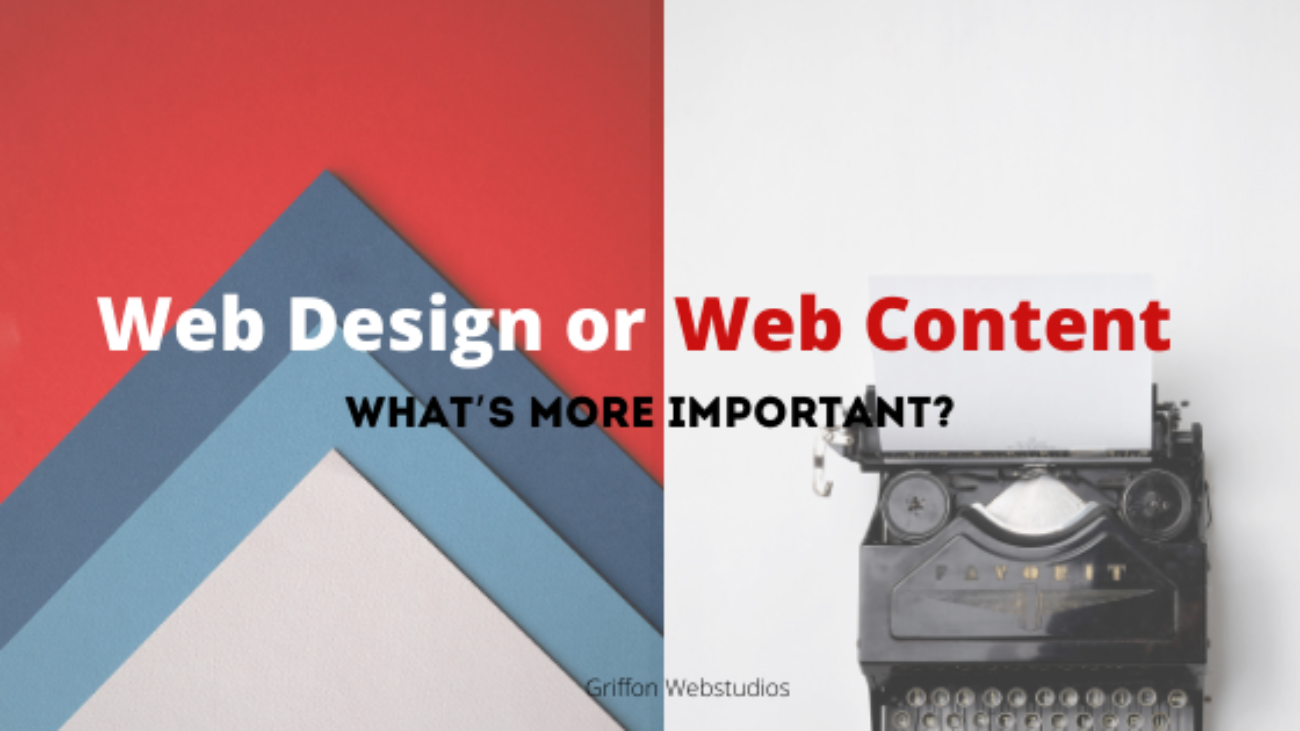
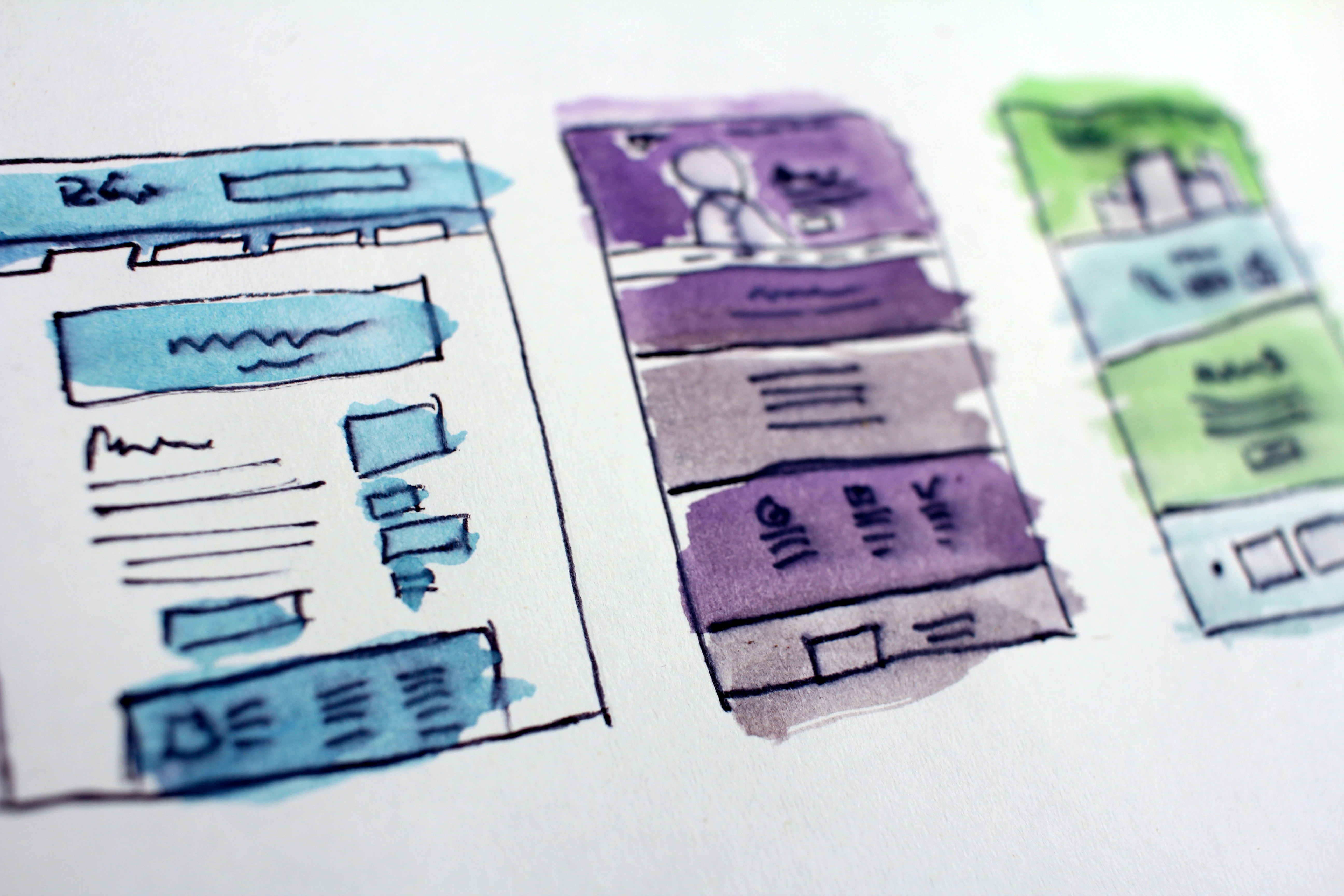
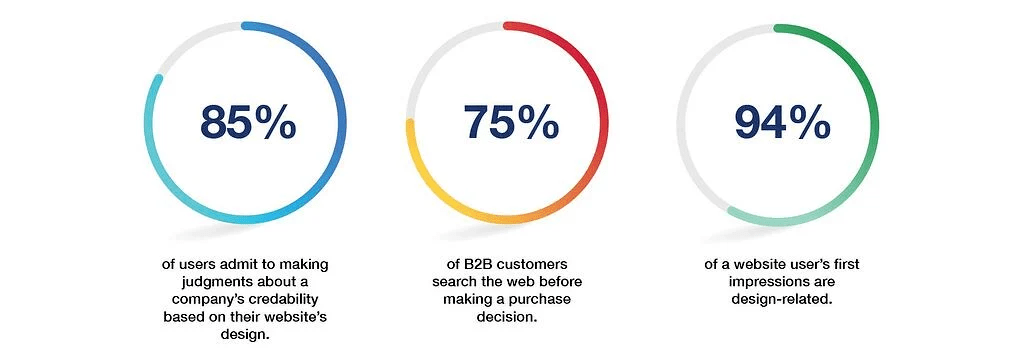


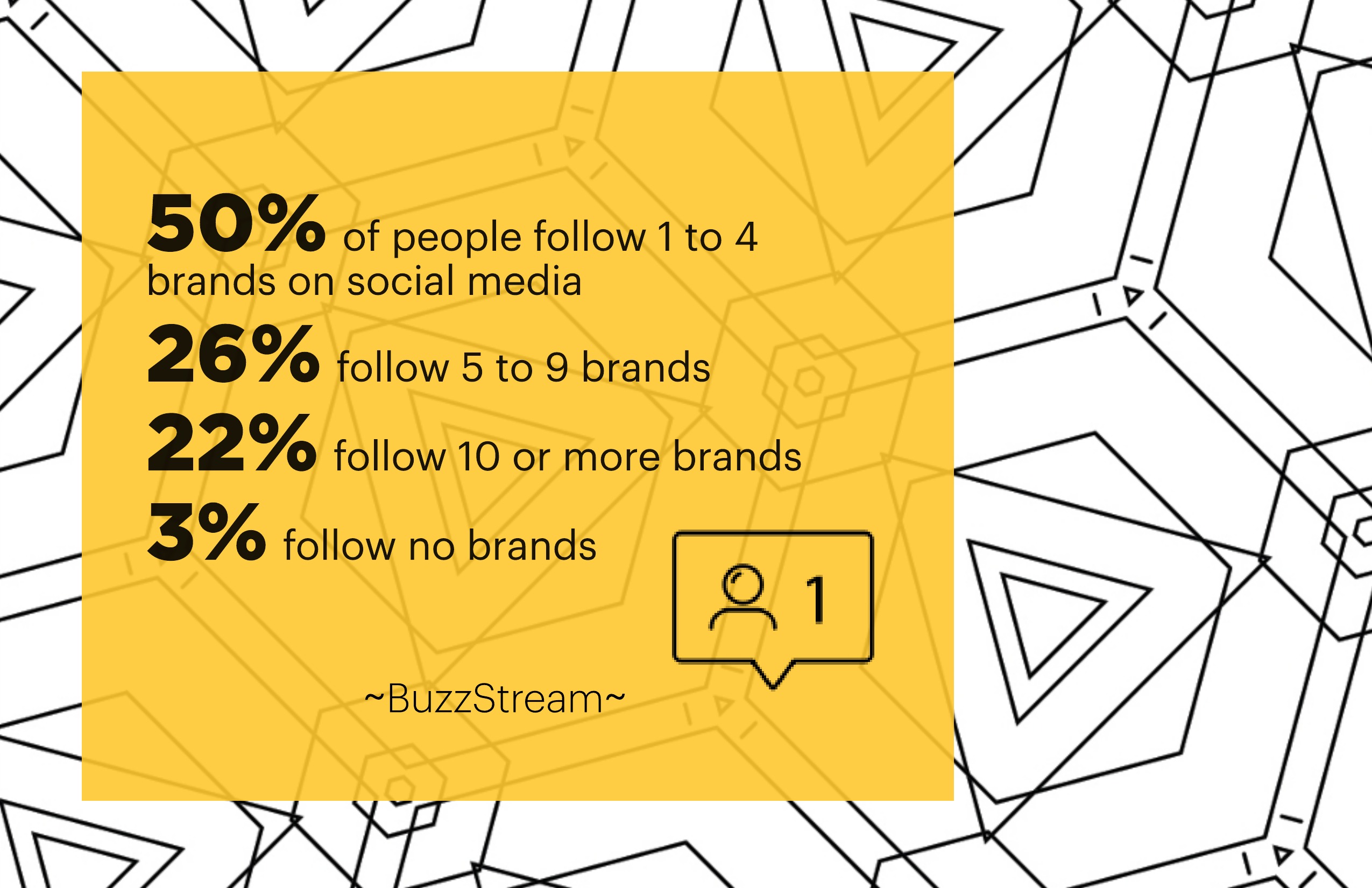
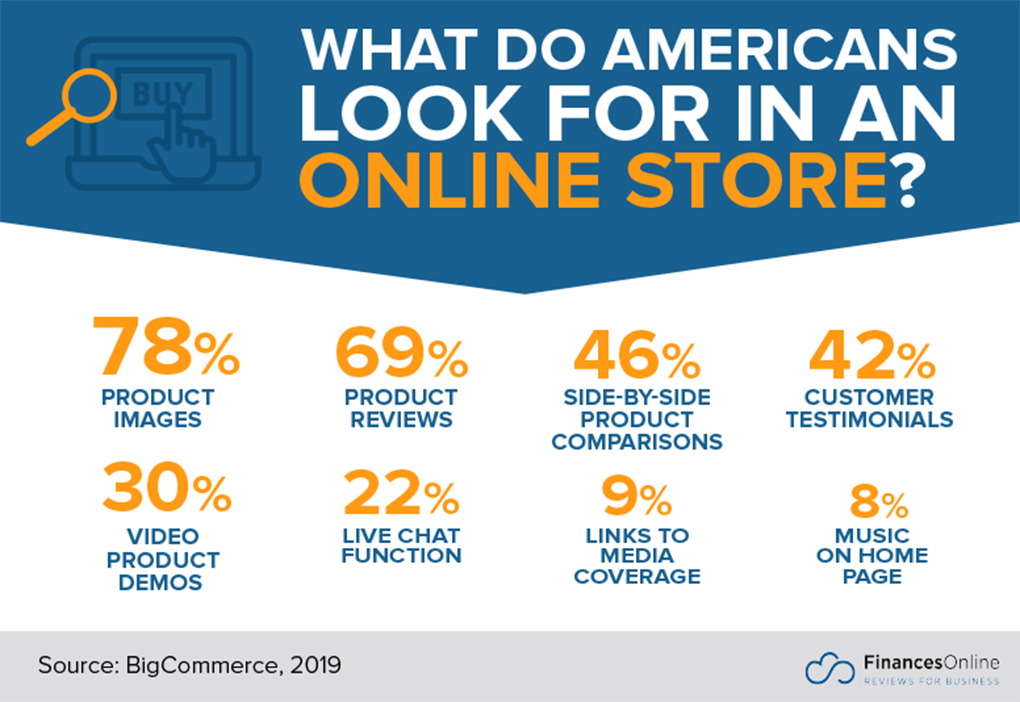
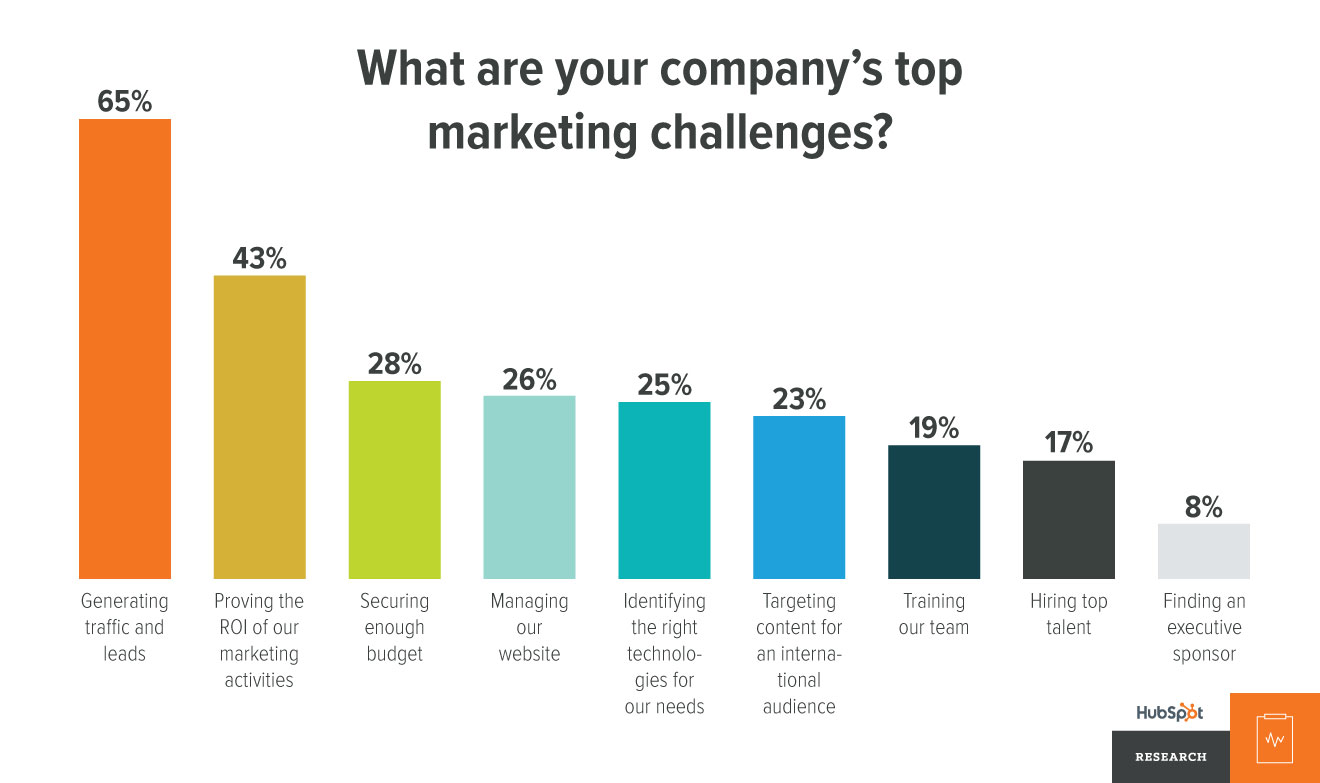

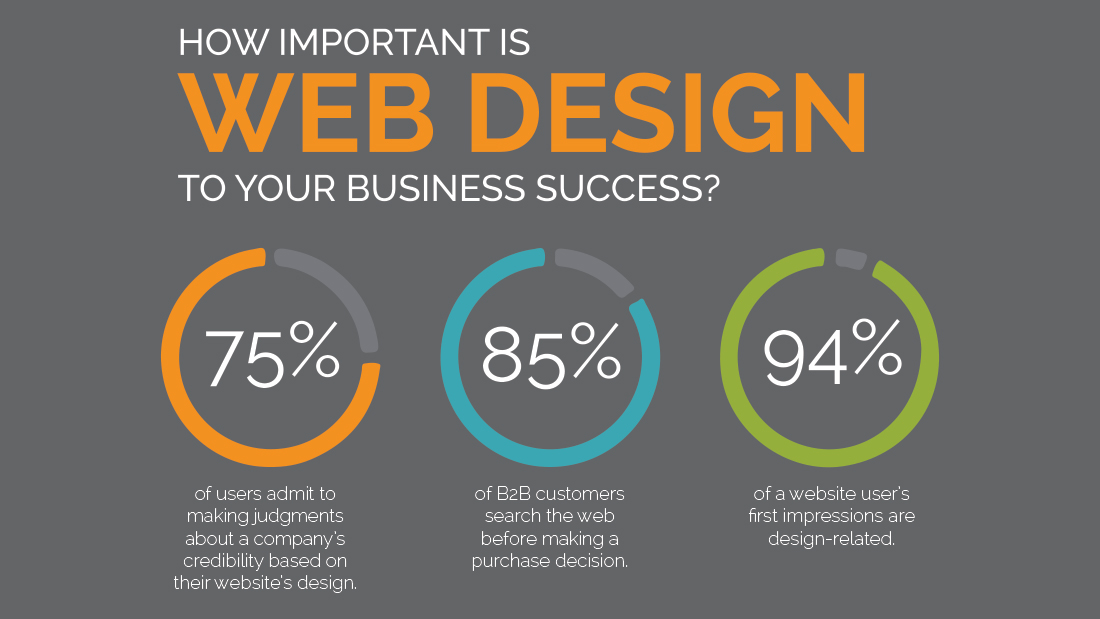

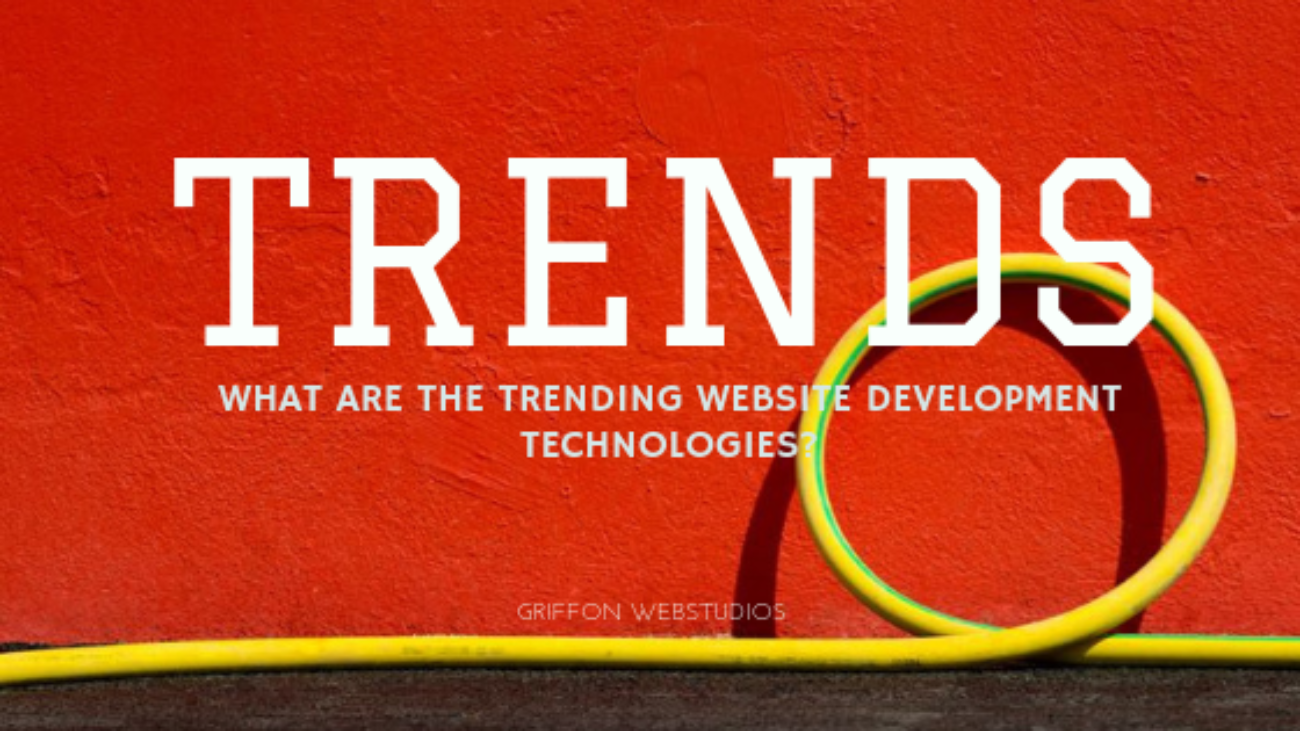

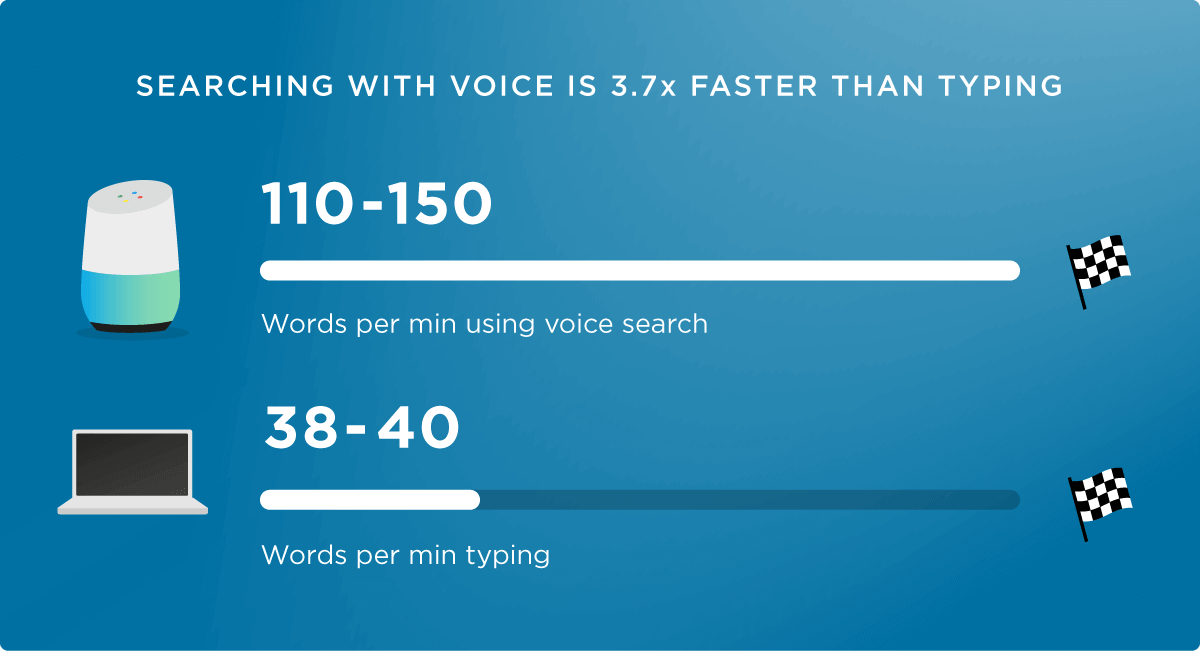
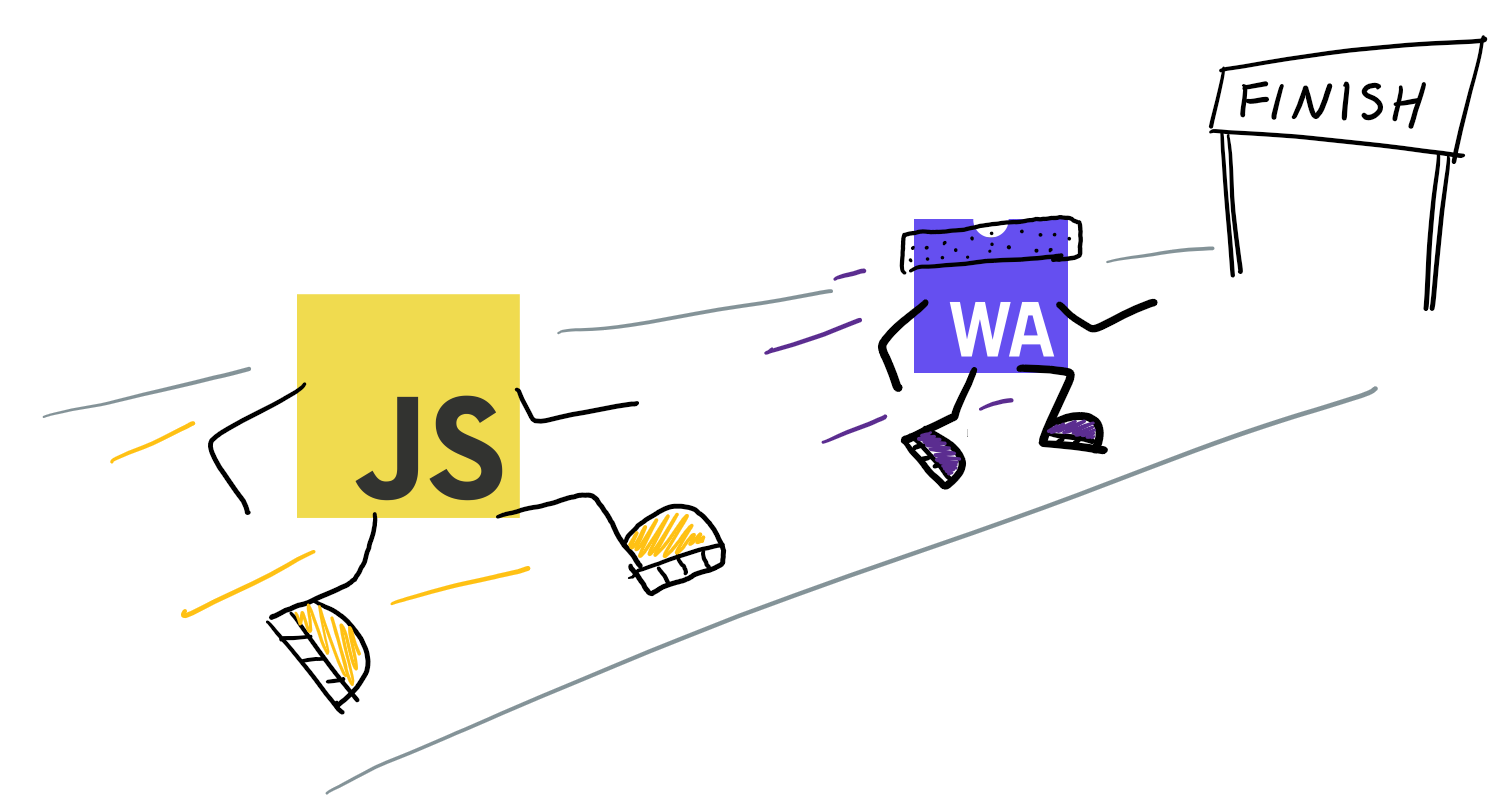
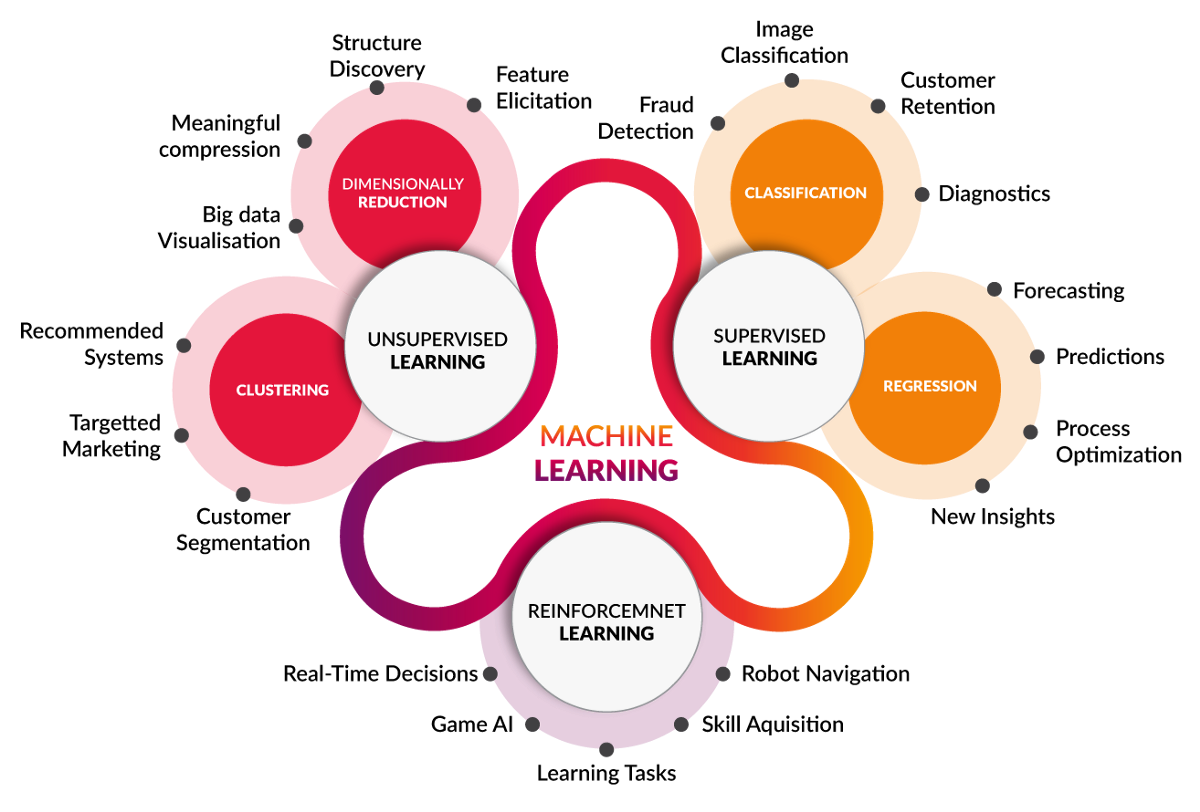 By enabling natural language and image recognition, it will improve your
By enabling natural language and image recognition, it will improve your